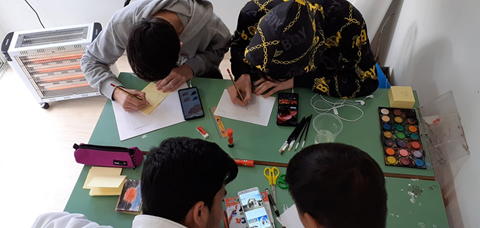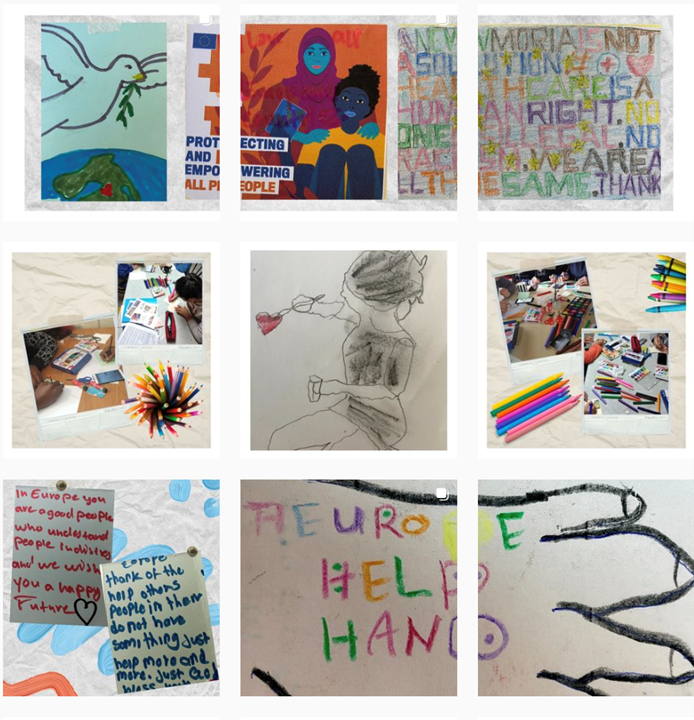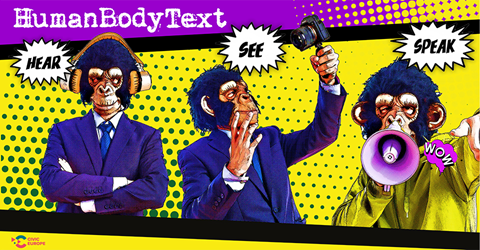Moving Youth Forward through Civic Participation

Engage with PEACEBUILDERS of LESVOS in Greece
Lesvos, a remote island in the Aegean Sea and largely unknown to people outside Greece, in recent years became the center of the European migrant crisis. Since 2015, Lesvos has seen an influx of refugees, of which approximately one million are estimated to have passed through the island. The European migration deal with Turkey in 2016 led to many refugees being stranded on the island. Refugee camps such as Moria became the focus of worldwide reporting. Over the year, cohesion and solidarity amongst the local communities slowly started to disintegrate, and the local discourse became fueled by continental extremism, European nationalism, and xenophobia. Lesvos also has a high concentration of young refugees who experienced unimaginable hardships, ranging from their difficult journey to Europe, to being confronted with social exclusion, racism, and xenophobia upon arrival. Even if they try to integrate, these young people have difficulties in individually expressing their concerns about societal, community, and personal challenges.
ILIAKTIDA, a local civil society organization based in Lesvos that accommodates and protects vulnerable asylum seekers such as unaccompanied minors and families with children, witnessed the many struggles and difficulties refugee youth faces. With their winning idea
PEACEBUILDERS of LESVOS, they partnered with locally-grown grassroots LATRA Innovation Lab, to create an innovative youth-led peace-building program which combats the xenophobic sentiments of different local communities by engaging refugee children, unaccompanied minors and youth and starting a dialogue around topics of solidarity, inclusion and embracing of the ‘other’.

By ILIAKTIDA
Various activities have been organized to empower young people and to reconstruct a resilient civic fabric based on the core values of the European community. One example is the workshop called “Zines as a powerful self-reflective tool.” During this workshop, young refugees are able to learn how to creatively express themselves on European Values by producing so-called ‘zines. The workshop serves as a basis for a public advocacy campaign that was co-organized with this group of youth. The campaign serves as a tool to diminish nationalism and extremism among the local communities of Lesvos and include youth in their voices and opinions about the current discourse on the island.
Our colleagues in Greece set an example of how to engage youth innovatively in order to meaningfully participate in civic, social, cultural, and political life. Even as these young people await to become European citizens, they still have a right to express their concerns about the local communities they live in. Because, after all, everybody has a right to experience equality and freedom from discrimination.
Connect with HumanBodyText in Hungary
Media freedom is fundamental to democracy and transparent, open societies. However, Hungary shows a deteriorating trend compared to previous years regarding the plurality and independence of the media and how safe and free it for journalists to do their job.
In the town of Eger in Northern Hungary most media (i.e., radio, TV, printed press) are state-owned and mainly influenced by the major political parties. This means that most people are relying on state media. Only a handful of independent online media outlets exist, but most of them are situated in larger urban areas and are dangling by a thread. Therefore the citizens of Eger and its surroundings do not have access to independent media content about their region.
At the same time, the pandemic has put a strain on young people from rural villages since they can no longer commute to larger urban areas. In addition, due to the online educational constraints of home schooling, young people’s online activities and communications have increased. Many of them are becoming their own content providers on social media.

By Journalist Association of Eger
Labour Collective House, an association that is a hub for creative and innovative ideas, and the Journalist Association of Eger identified this opportunity and asked, “What if the youth of Eger become the chief creators and disseminators of local media content?” With this in mind, they launched HumanBodyText, a project that offers youth from different backgrounds a community studio where they can meet. Soon after, they launched a civic journalism program for students and minority groups, such as youth from Roma communities. By March they already had eight different editorial teams making podcasts, vlogs, blogs, and other media content.
HumanBodyText sets an example for how to empower youth to extend their skills and become influencers of their local communities. Through citizen journalism, they learn how to take an active role in processing, reporting, analyzing, and disseminating information. Even if the media environment is not productive in Hungary, HumanBodyText shows how youth can still be empowered to express their opinions and be equipped with the tools for active citizenship by using media as a means to foster democracy and free speech. This video gives you a great impression about what the editorial teams have been up to.
By Journalist Association of Eger
Empower with Take the Money and Do Something for the Youth in Croatia
Krapina Zagorje is a county in northern Croatia bordering Slovenia. The region consists of many rural towns and villages and has a rich history. Even with its rich historical past, youth in this county often lack access to opportunities that young people in larger urban areas often have. According to a survey, almost one-third of youth in Krapina Zagorje county believe that they do not have civic responsibilities or the duty to solve local societal problems. Moreover, almost 60.4% of the youth distrusts their local governments.
LAG Zagorje-Sutla and Network of Associations Zagor got together and created a project idea to change the lack of civic participation and increase rural youths' participation. With their project idea Take the Money and Do Something for the Youth they aimed to introduce youth to participatory budgeting and support them in democratically realizing their community projects.

By LAG Zagorje-Sutla
They aimed to encourage youth to be actively involved in decision-making processes with their local municipality and strengthen the dialogue between youth and public decision-makers. Most importantly, they also introduced an opportunity for public decision-makers to deepen their understanding of the needs and interests of young people. In the first months, partnerships were set up with a number of municipalities and local youth received an introduction to participatory budgeting.
During recent months, over 80 young people from 11 different municipalities spent hours designing and co-creating their own community projects. All in all, 30 creative and innovative ideas were submitted for the idea competition. From these 30, around 11 projects were selected as the winning projects and are currently being implemented. Some of the winning projects had a strong focus on reviving and maintaining outdoor communal spaces such as parks, playgrounds, and public sports facilities. Other projects installed telescopes in public areas to make science more attractive for youth and redesigned an old locker room into a common space for youth. This project shows that if youth receive the appropriate financial and non-financial support, they can bring about change in their villages and towns that serves the public good. Changing a community sometimes only requires bringing people together and listening to their ideas and opinions.
You can read more about this project and all the winning projects here.